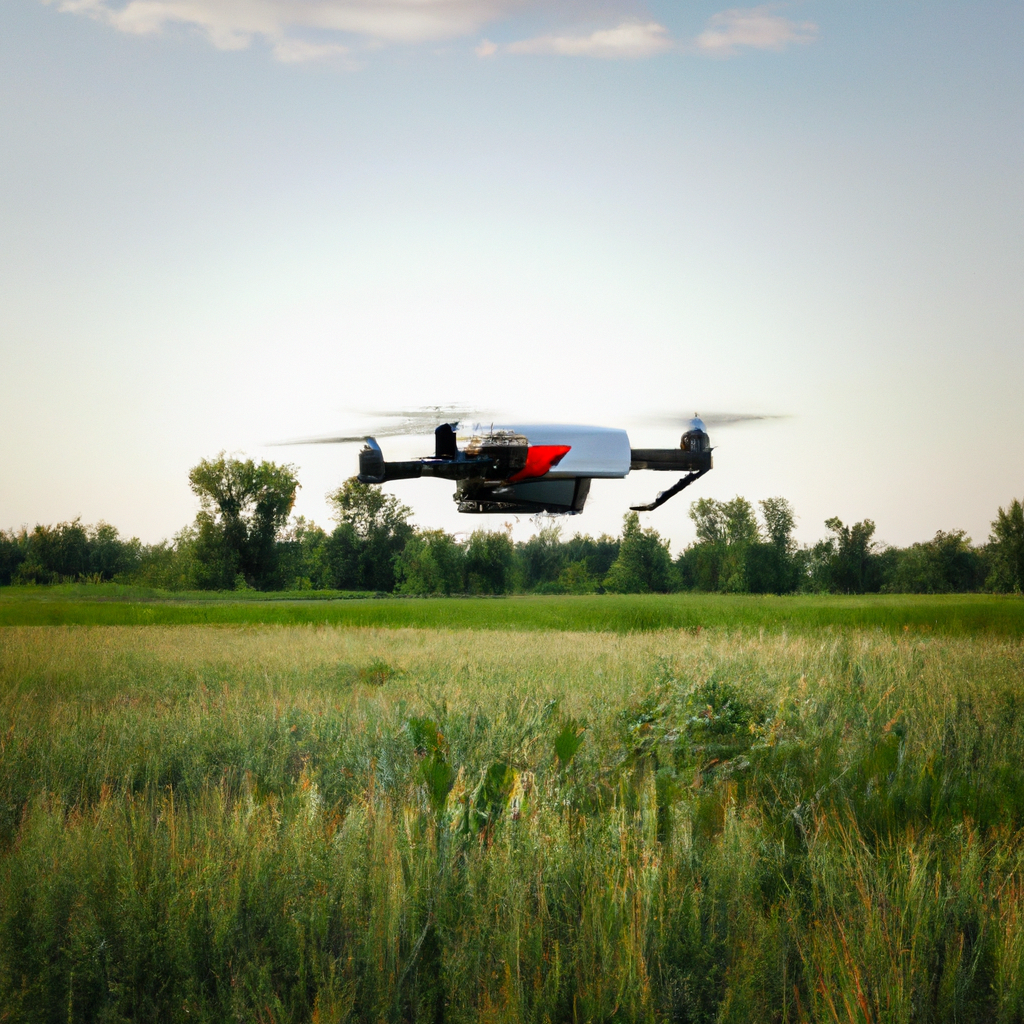Drones have revolutionized the way we approach agriculture. These unmanned aerial vehicles are increasingly becoming a critical tool in modern farming, allowing farmers to optimize their operations and increase yields. The use of drones in agriculture has given rise to precision agriculture, a farming technique that uses technology to monitor and manage crops efficiently. In this article, we will explore the role of drones in agriculture and how they are transforming modern farming.
Precision Agriculture

Precision agriculture is a farming technique that uses technology to monitor and manage crops efficiently. The goal of precision agriculture is to optimize crop yields while minimizing inputs such as fertilizer and water. Drones play a crucial role in precision agriculture by providing farmers with real-time data on crop health and growth. This data allows farmers to make informed decisions about crop management, such as when to water or fertilize their crops.
Crop Monitoring
Drones equipped with aerial imaging technology can provide a bird’s eye view of crops, making it easier to assess their health and growth. These images can be used to identify problem areas such as nutrient deficiencies, pests, or diseases that may not be visible from the ground. With this information, farmers can take corrective measures, such as applying pesticides or fertilizers, to address these issues before they become more severe.
Improved Efficiency
Drones can cover large areas of farmland quickly and efficiently, making them an ideal tool for crop monitoring. With drones, farmers can cover more ground in less time and with less labor. This allows them to optimize their operations and increase yields while reducing costs.
Remote Sensing
Drones equipped with remote sensing technology can collect data on soil moisture, temperature, and other environmental factors that affect crop growth. This information can be used to create detailed maps of the farm, enabling farmers to identify areas that need more or less water or other inputs. Remote sensing data can also be used to predict crop yields and optimize planting schedules.
Data Analysis
The data collected by drones can be analyzed using specialized software to provide insights into crop health and growth. This data can be used to identify trends and patterns that can inform decisions about crop management. For example, by analyzing data on soil moisture, farmers can determine how much water is needed to optimize crop growth and minimize waste.
Conclusion
In conclusion, drones are playing an increasingly critical role in modern agriculture. They provide farmers with real-time data on crop health and growth, allowing them to make informed decisions about crop management. With drones, farmers can cover more ground in less time, improving efficiency and reducing costs. The use of drones in agriculture has given rise to precision agriculture, a farming technique that uses technology to optimize crop yields while minimizing inputs. With drones, farmers can gather data on soil moisture, temperature, and other environmental factors, enabling them to make informed decisions about crop management. Data collected by drones can be analyzed using specialized software, providing insights into crop health and growth. The future of farming is agtech, and drones are at the forefront of this revolution.






